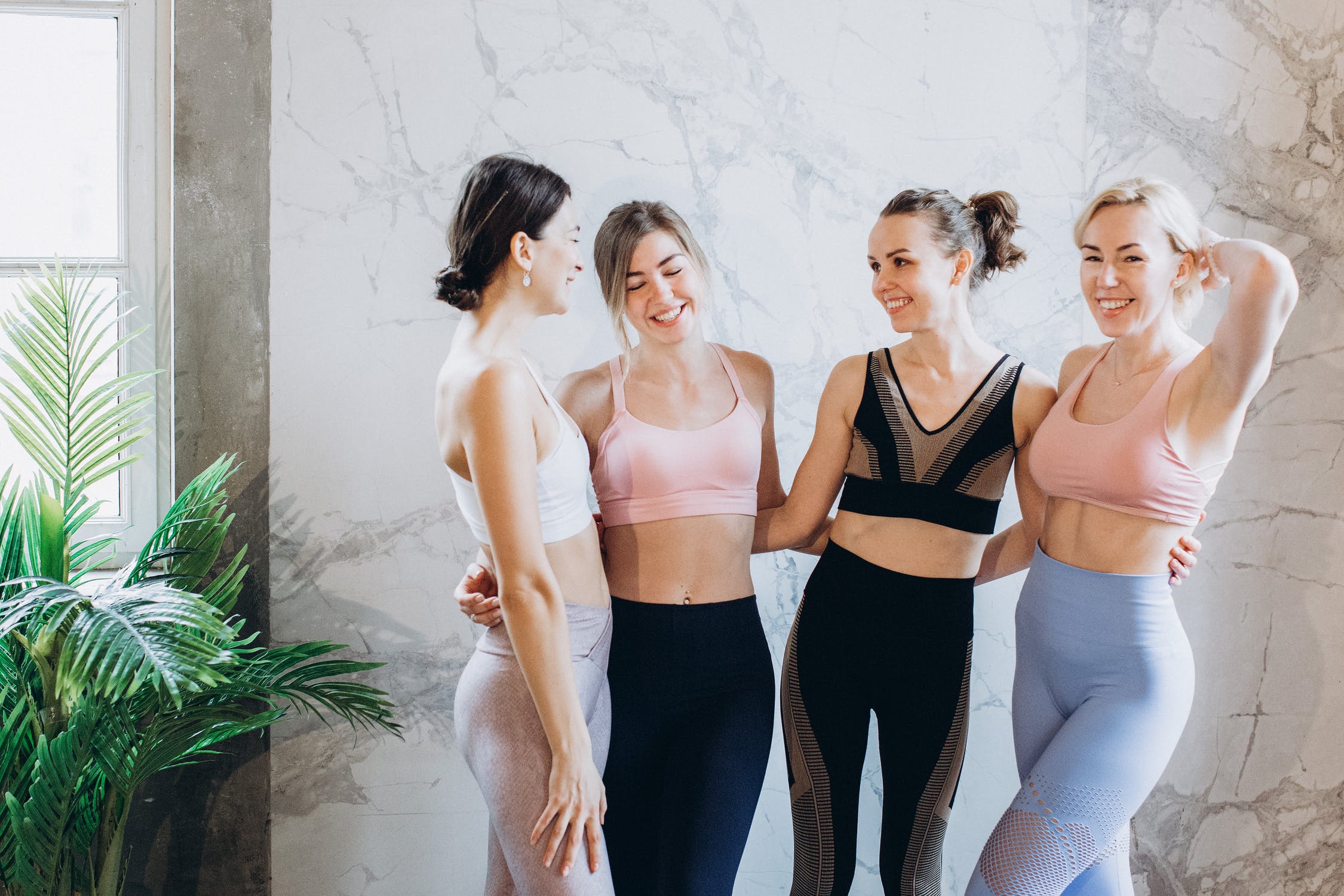As fashion trends go, the move of dress from gyms and fitness studios into thought society has been not possible to ignore. Am passionate about it or not, we have a tendency to sleep in a lycra world.
Tight-fitting FIRM ABS cropped legging, yoga pants, sports bra, and crop first-rate square measure everyplace from the catwalk to cafes. COVID-19 accelerated the trend, with engaging from home driving a recent surge in sales.
But the dress business has been growing exponentially for the past 10 years. Whereas consumer goods are formed for men and ladies, it’s the women’s market that has driven this extraordinary growth.
The trend has been widely celebrated, criticized, parodied, and generally fired as merely the newest fashion trend in an exceeding society hooked into economic consumption.
On nearer examination, however, dress plays a desirable role in 21st-century gender definitions, reinforcing and resisting well-liked concepts concerning muliebrity.
The rise of ‘fit femininity’
Walk through any dress store and you may be bombarded with authorization and assistance rhetoric accenting the importance of achieving a work, healthy modus vivendi with the correct outfit and a positive angle.
Various students have shown however massive dress firms use this kind of language — “get moving” and “this isn’t your apply life” — to bolster the notion of women’s responsibility for his or her own body maintenance, in spite of any social or personal barriers.
Others have shown however dress companies’ selling approaches encourage ladies to use physical activity as a method of self-transformation and a pathway towards a lot of consummated life.
It’s a version of muliebrity that supported a woman’s consumption and therefore the ability to keep up her own health and look. As feminist sports students have shown, society celebrates ladies United Nations agency square measure “in control” of their bodies and active in their pursuit of muliebrity and health.
In our own analysis, we have a tendency to argue that carrying dress publicly may be a means of claiming “I am guilty of my health” and orthodox to socially acceptable understandings of muliebrity.
In this sense, dress (not to be confused with its less gaudy “athleisure” offshoot) has become the uniform of what we would term the “socially accountable 21st-century lady.”
If you want to learn more about how to choose a perfect fit, check out FindThisBest.
The idealized feminine type
Part of the attractiveness of dress is that it’s snug and practical. However, it’s additionally been designed to physically form the body into a socially fascinating sandglass feminine type.
High-waisted leggings that sit simply on top of the navel square measure marketed as having a slimming result. They’re additionally typically promoted as “butt sculpting”; making the fascinating “booty” that has become valued (somewhat problematically) in thought culture.
As some have argued, this is often one more example of the appropriation of Black and Hispanic cultures for company profit.
With new materials designed to intensify (not simply support) specific aspects of women’s bodies, dress helps promote the idealized feminine type as being curvy however lite.
And whereas this idealized type has modified over recent decades — from skinny, to skinny and toned, to the toned sandglass — the present ideal remains mostly unavailable for many ladies.
Freedom and conformity
But there’s another facet to the current development. We have a tendency to wish to explore women’s own experiences of carrying dresses. Interviewees of various ages, body types, ethnicities, and cultures spoke concerning dress as being not solely snug and practical however additionally liberating.
From corsets and long dresses within the Victorian era to the high heels of the Nineteen Fifties “housewife”, the newest beauty and consumer goods trends have typically strained women’s bodies and movements.
But the ladies in our analysis cluster talked concerning the liberty they intimate in having the ability to maneuver well through the day, from work to high school pick-up, from the athletic facility to the restaurant.
Even so, not all activewear-clad bodies square measure thought of acceptable. Some, significantly larger bodies, square measure stigmatized and criticized after they don’t meet the female ideal.
Some even expertise physical abuse or verbal harassment for carrying the “wrong” consumer goods publicly. It’s all a part of a protracted history of society tries to control women’s bodies.
Until recently, dress selling was primarily targeted at young, thin, rich white ladies. In 2013, lululemon founder Chip Wilson overtly expressed his brand’s leggings “don’t work” for larger body sorts.
In response to those restricted definitions perpetuated by the dress business, some ladies have established their own labels. In Aotearoa New Zealand these embody the more and more well-liked Hine assortment.
Founded by a Māori lady annoyed by the restricted size of the dress, the whole options larger-sized models and caters to ladies of numerous body shapes and cultures.
Protest and authorization
Activewear has even been worn in protest against the policing of women’s bodies publicly in places like faculties, churches, and outlets wherever the carrying of leggings has been deemed not respectable and too distracting for men.
In 2018, there was outrage once young track athletes in New Jersey were told they couldn’t train outside in their sports bras once the male team was active.
Other protests and writings have created leggings and sports bras symbols of pride and a challenge to those that get to dictate women’s bodily selections.
Most women, however, opt for a dress just because it provides them the power to maneuver with purpose and luxury throughout their day. Whereas this won’t be AN overtly political act, it’s still a delicate statement that ladies aren’t progressing to be controlled or objectified. They need pride in their moving bodies.
Activewear is way from an earthly consumer goods selection. Rather, it contributes to our definition and understanding of muliebrity and gender within the twenty-first century.
